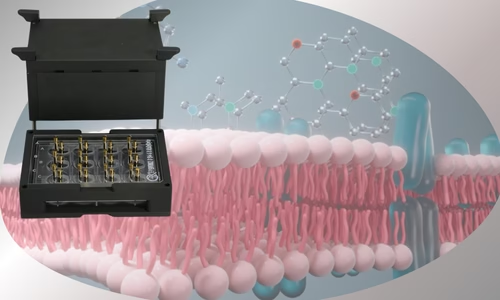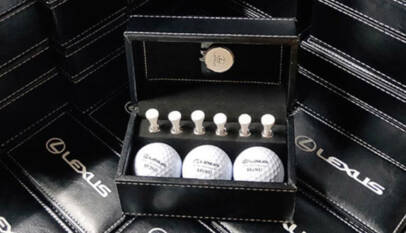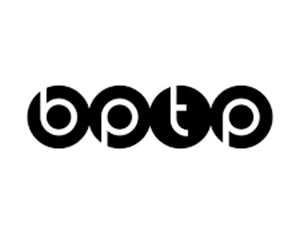
In vitro human vascular and epithelial monolayer cell culture models mimic biological tissues well. They allow scientists research medication toxicity and mobility without moral or practical issues of testing on humans. Researchers may examine how medications cross and alter these crucial biological borders using these models, which include representations of the blood-brain barrier, digestive system, and lungs. They can form the correct intercellular connections, giving them stability and choice like living beings. Foreign tracers, radiolabelled compounds, or fluorescent molecules are utilized to test barrier stability. These methods may take a long time and create errors that alter cell layer molecular or physiological processes. In this blog you should know about automated teer system.
Things you should know about:
Personalized skin care is utilizing technology to transform the beauty industry.
TEER Measurement Methodology
Measuring transepithelial or trans endothelial electrical resistance (TEER) is a more accurate and measurable way to check the health of a barrier. You can measure the electrical resistance or voltage drop through the monolayer by sending alternating current signals across probes that are placed on both sides of the barrier. By studying the frequency-dependent electrical reaction of the cell barrier, an Impedance-based TEER Measurement system improves this process. It provides more information about tight-junction formation, membrane capacitance, and tissue health.
Applications of In Vitro Barrier Models
Mind-based models of the blood-brain barrier are made using endothelial cells from the brain, sometimes along with astrocytes to better replicate the neurovascular interface. Epithelial monolayers from cell lines or raw human cells are set up in stomach models to show how drugs are absorbed and moved across the gut lining. The automated teer measurement system lets you test resistance in cellular monolayers grown on microporous filters without touching them or adding any extra chemicals. To study how drugs are delivered and how they affect the lungs, pulmonary models imitate both the airway and alveolar membrane barriers. Accurate TEER tests are used in all of these situations to find out about permeability, barrier development, and reaction to environmental or pharmaceutical stressors. They also serve as a standard for model validation.
Advantages of Automation
An automated teer measurement system improves accuracy, throughput, and consistency. People make mistakes, which causes disparities. Automation decreases errors, speeds up testing, and reduces contamination. Some 24- or 96-well microplates can measure several copies at once. This enables high-throughput screening for toxicity and absorption research. Automated computer tools make resistance data collection straightforward.
To make treatments that work and fit each person’s needs, you need accurate tools for skin research.
Conclusion
TEER measurement is one of the most critical and non-invasive ways to check the health and effectiveness of endothelial and epithelial barrier models made in the lab. To fully comprehend drug transport, toxicity, and physiology, exact resistance measurement is essential, whether modelling the blood-brain barrier, the epithelium of the digestive tract, or the tissues of the lungs. Facilities with automatic and impedance-based TEER tools can now more reliably take results from in vitro to in vivo settings, which will help make drug research safer and more effective in the long run. Medelink delivers skincare technology designed to elevate precision, performance, and trust in modern dermatology.
Why Uniqueness Should Be Your Key Focus While Buying Corporate Presents from a Promotional Gift Supplier in Dubai
The world of corporate gifting has evolved from social protocol. It’s a way of saying than…





